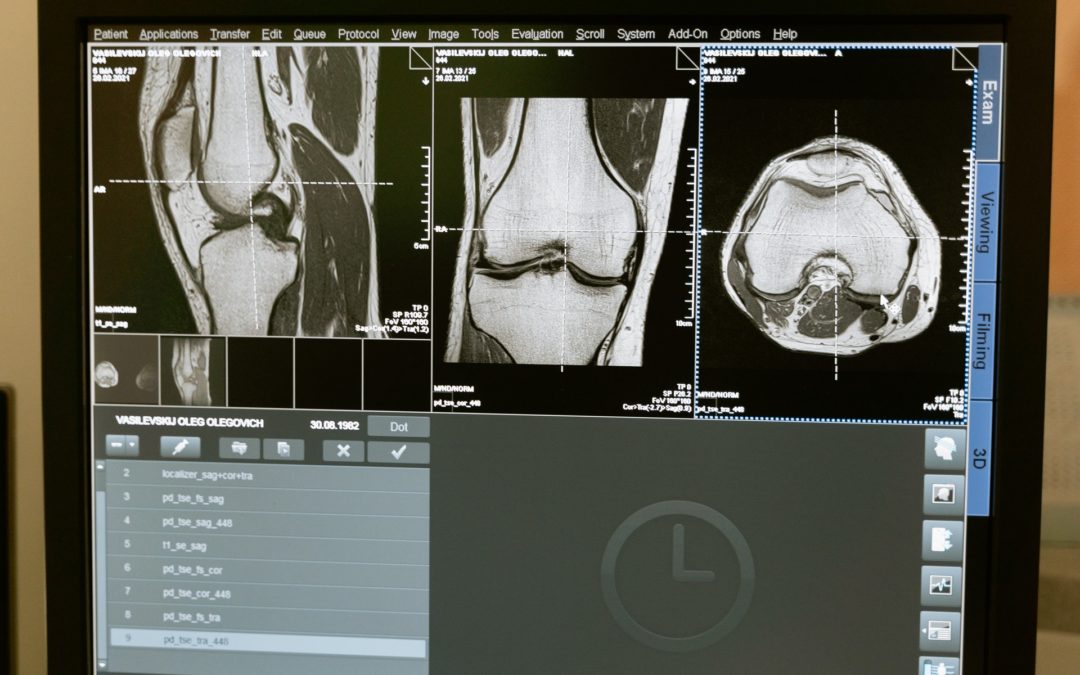I hear almost weekly “but my MRI says…”. And, yes, what is shown in MRI is visible. Are these images you see causing your symptoms?
Hello! My name is Dr. Karen Ceraso, and I am a physical therapist. Today I am going to chat about imaging.
I really love the conversation about imaging. I am all for having imaging done when it is needed. Patients want to know “what does all of this mean?’ along with several other questions.
I have questions for the patient before I start firing off answers.
1. What is imaging? This can mean an X-ray for starters to see what further imaging is needed. MRI (Magnetic resonance imaging) will show a more detailed picture of your organs, skeleton, and tissues. A CT scan (Computed tomography) also looks at your body for more detail. What is the difference? It depends on what we are looking at and for. Generally speaking, CTs are usually faster as they use a series of quick X-rays and are often used to view organs. MRIs take longer, are more detailed, and often are used to see tissues.
2. Who wanted the imaging? It is interesting to me that a high percentage of people initially said that their doctor ordered it. But when I dig a little deeper, it is the patient that asked for the imaging, and usually asked more than once. THey ask until the doctor says ‘yes’. So then, if imaging is not warranted, then why did a physician order it? In the shortened time they have with the patient, and imaging is the hot topic, it is easier to give the patient what they want. The patient leaves feeling the doctor is ‘so nice’ as if they listened and that sounds true. Did that physician explain why you would or would not need the imaging or did they just order it?
3. Now that you have the results, what are you going to do with it? That is where either a physical therapist or a surgeon comes into play. Saying you have spinal stenosis as a 55-year-old doesn’t really impress me. Saying you have a ‘disc issue’ also doesn’t impress me. I mean that in a good way. Imaging will rarely have a clean bill of health after age 30. This needs to be explained to you in layman terms. Education is the key.
4. Are these imaging results consistent with your physical exam findings? Meaning, do you have a tear or abnormal finding on your imaging that is also part of your physical therapy finding during your exam? People have tears and do not even know it. People have disc issues and they are not the source of their neck or back pain. People have bones that are not perfectly aligned but are not a contributor to one’s pain or problem. Imaging findings that are not considered normal, does not always equate to why you are hurting or not moving well. You need to link your imaging with your physical exam.
5. Are you a surgical candidate? That is tricky. So many considerations go into this question. Will surgery help your symptoms? Will surgery help you function better? What surgery is best for you, your body and your lifestyle is so personal. Surgery is not an easy fix. It is hard work to rehab through surgery. It is not like getting a new pair of comfy shoes. Ask your physicians, your surgeons, your physical therapist-gather information from your professionals-not your neighbors.
CONTACT KAREN L. CERASO


Recent Comments